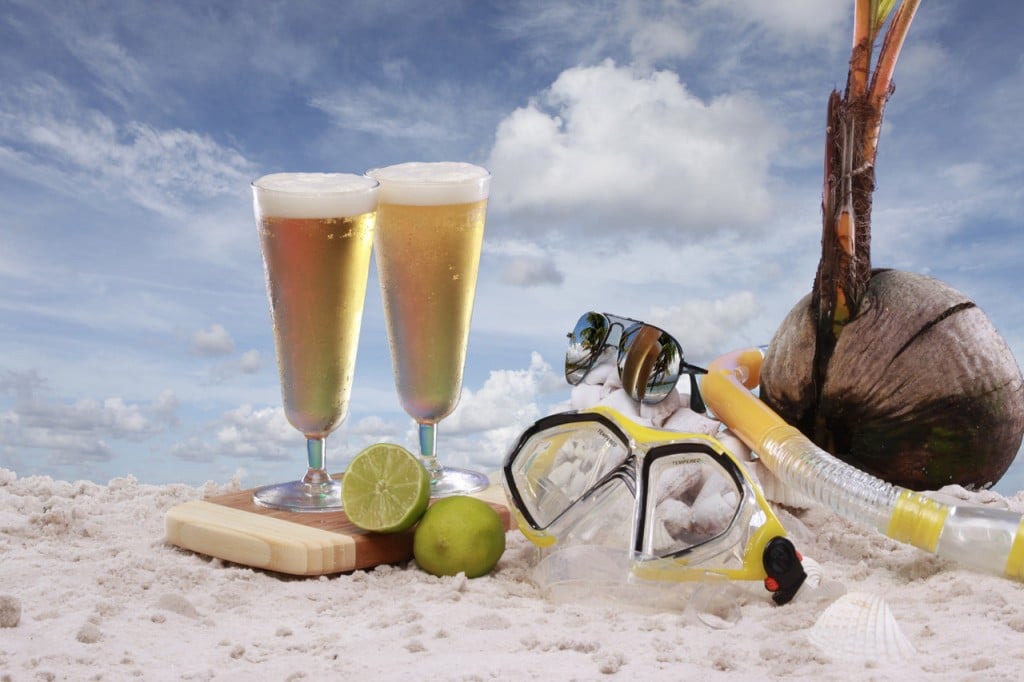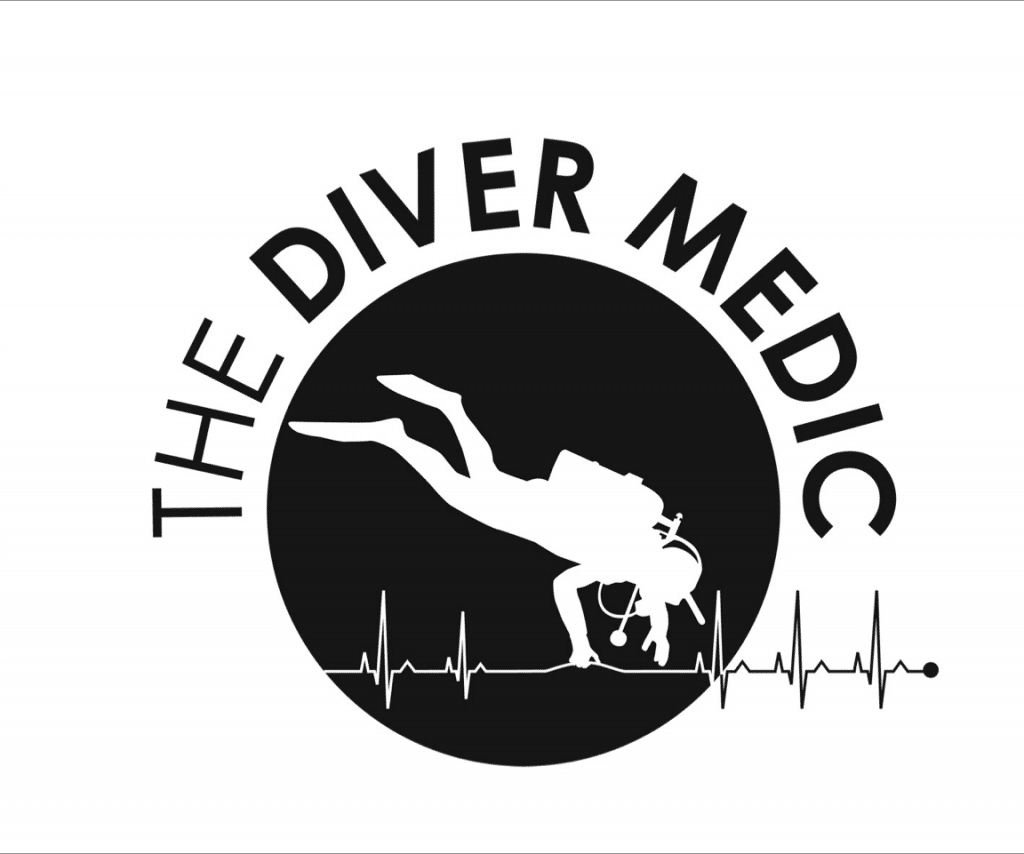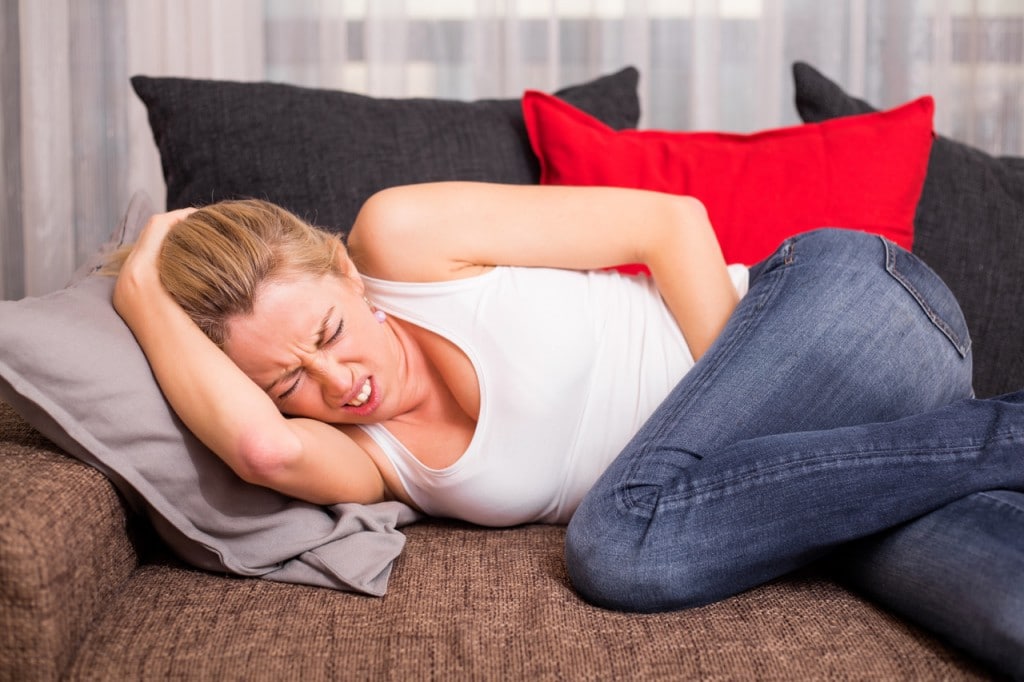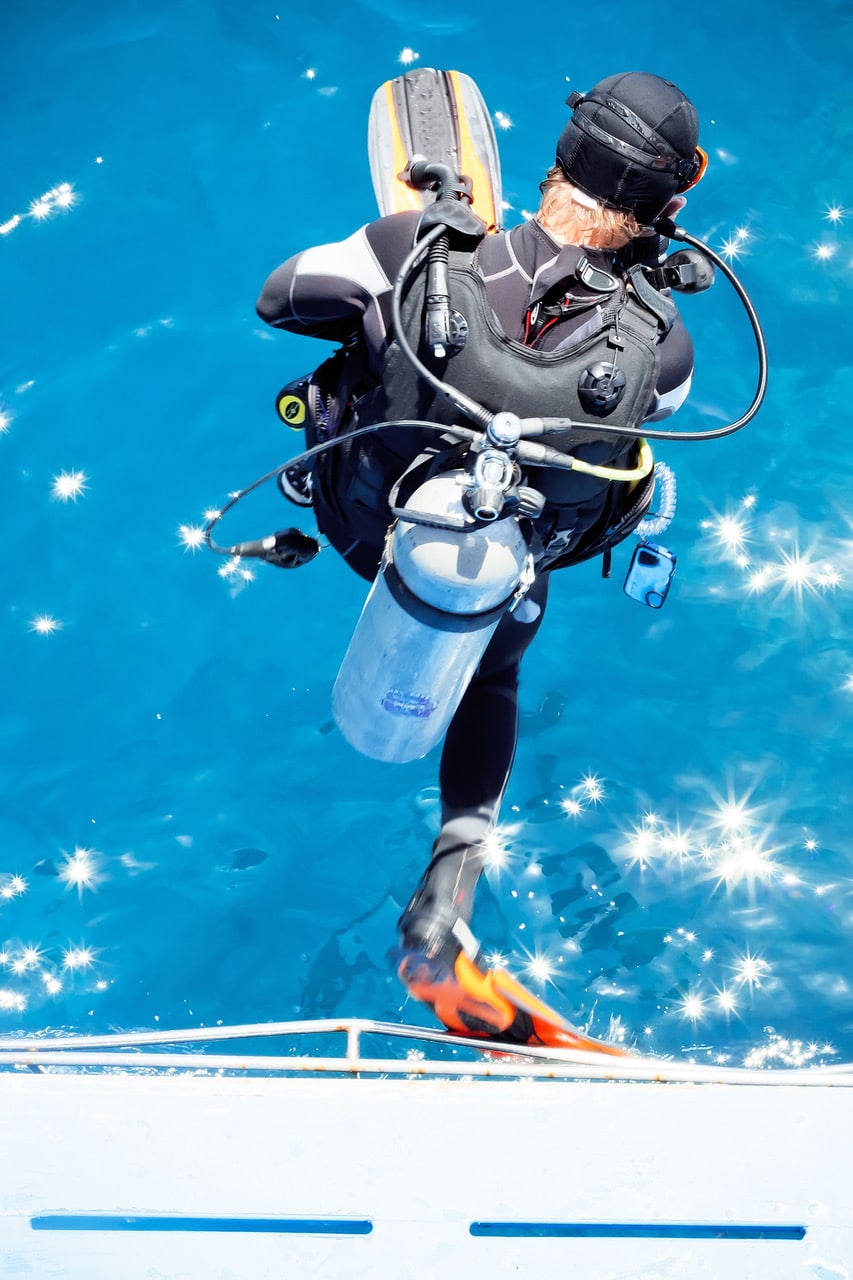News
I’m on my way to get some sun…

 We are excited to welcome The Diver Medic’s Chantelle Newman to Scubaverse. Chantelle will be writing about health and medical matters for Scubaverse readers… in her first post, some important travel advice!
We are excited to welcome The Diver Medic’s Chantelle Newman to Scubaverse. Chantelle will be writing about health and medical matters for Scubaverse readers… in her first post, some important travel advice!
Are you thinking of travelling soon? Are you prepared? Do you have your travel arrangements? Do you know what vaccinations you need? Will you require anti-malarial prophylactic medications, for example, especially in tropical, sub-tropical regions of the World? Perhaps certain antibiotics, which will protect you and treat traveller’s diarrhoea, also known as ‘Montezuma’s Revenge’ when travelling to Mexico and Central America.
Eating & Drinking
Water and food-borne illnesses are particularly burdensome to divers and water sports enthusiasts, and these are often preventable, with just a few simple precautions – such as anything consumed orally. Start by ensuring that hot foods are hot and consumed as soon as possible after cooking. Cold foods should be cold and consumed right after removal from proper refrigeration, especially in the tropics.
Remember that ice cubes may be frozen using contaminated water, in regions of the World lacking chlorination. These present the risk of melting into your frozen cocktail, at the Tiki bar on the beach, thereby releasing germs into your exotic libation when the ice cubes melt.

Even though your drink and container may have been handled in a perfectly exemplary sanitary manner by your waiter, remember always to use a straw, which you have un-wrapped yourself, for sipping those drinks. It’s also advisable to avoid contact with the edge of any glass directly with your lips and mouth in order to prevent hepatitis and notwithstanding when everything else goes well, NEVER DRINK (Alcohol) & DIVE!
Food ought to be served in covered dishes, to prevent access to insects and other bugs and / or parasites. It is safer and more advisable to use sealed and sanitized eating utensils, which you have opened yourself. After your personal use, recycle, thus presenting a perfect teachable moment in countries which do not re-cycle plastic. Share the valuable information of not discarding rubbish, especially non-biodegradable plastics into the Oceans and waterways, consequently helping to save our fragile and precious seas.
Common Sense Guidelines
Avoid walking barefoot on the beach or along the margins of dense vegetation near the beach. The possibility of direct contact of the soles of your feet with the urinary and fecal remnants of rodents and other exotic vermin can produce conditions such as Leptospirosis, Cutaneous Larva migrans; whilst a large variety of terrestrial and marine organisms may lead to a broad variety of skin rashes, both pigmented and raised, accompanied by swollen lymph glands, fever, and sometimes even more serious generalized medical syndromes and illnesses.
Even so, do not let all of this dissuade you from enjoying your holiday! As long as you follow some basic precautions and common sense guidelines, you have every prospect of experiencing a fabulous vacation and dive trip to a safe region of the Globe, with access to knowledgeable medical personnel.
Just think…it is possible to contract a grave and intractable medical condition from staying home and simply working improperly on your Aquarium with un-gloved hands. Fish-Handler’s Granuloma – caused by a serious germ – Mycobacterium Marinum, may take weeks or months to manifest itself and requires months of medical and surgical care presuming it is properly recognized, evaluated, and dealt with…
Travelling can be exciting but also stressful for some of us, even before we get to go on holiday. Going to another country may be very daunting. Have you packed everything you need? Here is a little help!
What to pack?
Sunscreen – attempt to purchase sunscreen that is labelled “broad spectrum” as this means it protects you against both UVB and UVA rays. Ensure you get sunscreen with a sun protector factor (SPF) of at least 20.

Insect Repellent – research has shown that products that contain the chemical DEET (N, N- Diethyl-meta-toluamide) are the most effective insect repellents against mosquitoes, ticks, fleas, harvest mites and many other bugs if used correctly. DEET products can be applied onto clothing and skin and are available in sprays, sticks, roll-ons and creams. 100% DEET when applied can be effective up to 12 hours. When using DEET on your skin for the first time, try to use a very small amount, around the size of the tip of your little finger and leave for 5 to 15 minutes. If you develop redness, blisters or itching, then seek medical advice on what other products you can use as you may have a DEET allergy.
Anti-Diarrhoea pills – Traveller’s diarrhoea is the most common illness affecting travellers. Diarrhoea is when there are three or more unformed stools in 24 hours passed by a traveller, accompanied by nausea, bloating and abdominal cramps. Traveller’s diarrhoea is more common in the developing world, where rates exceed 60% compared to advanced countries. A drug used to relieve the symptom is loperamide but it should not be overused. In most countries, it is available generically and under brand names such as Lopex, Dimor, Fortasec, Lopedium, Gastro-Stop, Pepto Diarrhoea Control, Imodium and Lomotil.
Ensure you read the label of any drug before use. Do not take anti-diarrhoea drugs if there is blood in your stools, or if you have a high temperature (check with your pharmacist). Do not give anti-diarrhoea drugs to your child, seek medical advice first. Anti-spasmodics, which are used to treat abdominal cramps ought to be avoided as well as pharmaceuticals such as Motilium – these have recently been removed from the market in many but perhaps not ALL countries and therefore, you are well advised to seek qualified medical assistance, evaluation and treatment.
Rehydration sachets – most travel clinics advise travellers to carry rehydration sachets when travelling in developing countries. As safeguarding, it will not harm you to add some sachets in with your travel kit. Rehydration sachets contain rehydration salts consisting of sugars and salts (anhydrous glucose, sodium chloride, potassium chloride and sodium bicarbonate). They are used to replace body fluids lost as a result of acute diarrhoea.
Anti-malarial drugs – Anti-malaria medications, also known as antimalarials, are designed to prevent or cure malaria. Mosquitoes may cause an inconvenience because of local reactions to the bites themselves and from the infections they transmit. Mosquitoes spread malaria, yellow fever, dengue and Japanese encephalitis. Remember Garlic, Vitamin B and ultrasound devices do not prevent bites. Recommendations for drugs to prevent malaria differ by country of travel and can be found in the country-specific tables of the Yellow Book.
Recommended drugs for each country are listed in alphabetical order and have comparable efficacy in that country. See this link for more information on the country you may be travelling too: www.cdc.gov/malaria/travelers/country_table/a.html
Antihistamines – Antihistamines are mainly used to treat hay fever (seasonal allergic rhinitis), hives (urticaria), itching (pruritus) and insect bites and stings. They may be used to help reduce feeling sick (nausea) and vomiting. Antihistamines are available as tablets (oral antihistamines), creams (topical antihistamines) and nasal sprays. They work by blocking the effects of a protein called histamine. Many antihistamines are available over the counter at a pharmacy, although some require a prescription. Here are some brands of antihistamines: Atarax, Benadryl, Clarinex, Dramamine, Optimine, Quenalin, Zyrtec, Cinnarizine and Piriton. Some antihistamines cause drowsiness, and once again, excessive alcohol use ought to be avoided.

Diabetics should arrange for an adequate supply of materials and equipment, for blood sugar testing because travellers are likely to experience inordinate delays in obtaining authorized access to such supplies in most countries and ought to bring their own lancets, test strips, Glucometers etc.
Contracting Airborne diseases can be minimized by use of tight N-95 masks, which are the recommended barrier method, particularly on long international flights with prolonged exposure to re-circulated air in the aircraft cabin, which places air travellers at risks for inhalation of particulate droplet spread of viruses and other organisms.
Pain relief medication – Pain is a signal from our body that something is not right. It can be due to a physical injury or some kind of illness. Most types of physical pain can be treated with pain relievers. Over-the-counter medications are good for many types of pain. Analgesics (pain relief) such as acetaminophen (Tylenol) or paracetamol are used to treat mild or moderate pain and can also be used to reduce temperature in fevers. Commonly prescribed medication such as codeine can be used alone or in combination with other analgesics for stronger pain, such as dental pain, menstrual pain or migraines. Non-steroidal anti-inflammatory drugs (including aspirin) are used to reduce pain associated with inflammation, such as sports injuries, and can also be used to relieve fever. Always seek medical advice before taking any off the shelf medication. What a lot of people do not realise is that their prescribed medication may not be suitably compatible when being used with certain over the counter medication and may cause serious health issues.
First-Aid Kit – The Lifesystems World Traveller Kit is a very comprehensive first-aid kit and has the following items included in the kit: Primary Care Leaflet, Fabric Plasters, Woven Bandage, Crepe Bandage, Triangular Bandage, Gauze Swabs, Paracetamol, Loperamide, Ibuprofen, Low Adherent Dressing, Medium Dressing, Eye pad Dressing, Fabric Dressing Strip, Wound Closure Strips, Zinc Oxide Tape, Micropore Tape, Duct Tape, Scalpel, Hypodermic Needles & Syringes, Forehead Thermometer, Antiseptic Wipes, Scissors, Tweezers, Safety Pins, Powder Free Vinyl Gloves. The Lifesystems Traveller Kit is the basic kit without the Needles and Syringes. However, going to your local supermarket or pharmacy you can make your own kit up with the list provided. Check out some first-aid kits and travel product available by going to www.lifesystems.co.uk and for the US and Canada www.adventuremedicalkits.com.
You might want to add products for marine life injuries such as 5% Acetic acid (Vinegar is roughly 4%-8% acetic acid by volume) for Jelly fish stings. Unfortunately, in the real world treating a jellyfish sting by urinating on it may, in fact, cause someone even more pain, rather than relief. Urine can, in reality, aggravate the jellyfish’s stingers into releasing more venom. Another item that may help is a heat pack. In the event you don’t have hot water on hand using a heat pack stored in your first-aid kit will help relieve some pain from a Stingray or Stonefish injury. Ultimately water heated up to a temperature of 40 to 50C but limiting the contact to prevent scalding burns, is the best treatment for Sea urchins, Devil, Scorpion, Stone fish and Stingrays.
Certain marine venoms and toxins, may be treated with anti-venoms, which may not be available everywhere. Australia and the Great Barrier Reef coastal regions have some of the best and most experienced and skilled emergency rescue personnel as well as doctors, nurses and medics, who implement standardised protocols for rapid triage, evacuation and possible expedient treatment including hyperbaric oxygen therapy for Scuba Divers suffering from a variety of medical conditions associated with diving.
Travel Insurance – this is the most important product when travelling, never leave home without it! What travel insurance does, of course, is to prevent you from financial disaster if something actually does go wrong. There might be rare cases where someone without insurance gets air-lifted out at sea, but without insurance your costs for possible repatriation may cause you to have to re-mortgage your house… but honestly, your chances of being killed by a falling coconut are probably greater in the long run.
Travel safe always!
Find out more at www.thedivermedic.com.
Gear News
Scubapro Free Octopus Promotion 2024

Free Octopus with every purchase of a SCUBAPRO regulator system
Just in time for the spring season, divers can save money with the FREE OCTOPUS SPRING PROMOTION! Until July 31st SCUBAPRO offers an Octopus for free
with every purchase of a regulator system!
Get a free S270 OCTOPUS with purchase of these combinations:
MK25 EVO or MK19 EVO with A700
MK25 EVO or MK19 EVO with S620Ti
MK25 EVO or MK19 EVO with D420
MK25 EVO Din mit S620Ti-X
Get a free R105 OCTOPUS with purchase of the following combinations:
MK25 EVO or MK19 EVO with G260
MK25 EVO or MK17 EVO with S600
SCUBAPRO offers a 30-year first owner warranty on all regulators, with a revision period of two years or 100 dives. All SCUBAPRO regulators are of course certified according to the new European test standard EN250-2014.
Available at participating SCUBAPRO dealers. Promotion may not be available in all regions. Find an authorized SCUBAPRO Dealer at scubapro.com.
More information available on www.scubapro.com.
Blogs
Northern Red Sea Reefs and Wrecks Trip Report, Part 3: The Mighty Thistlegorm

Jake Davies boards Ghazala Explorer for an unforgettable Red Sea diving experience…
Overnight, the wind picked up, making the planned morning dive a bit bumpy on the Zodiacs to the drop point on Thomas Reef. There, we would dive along the reef before descending through the canyon and then passing under the arch before ascending the wall with a gentle drift. The site provided great encounters with more pelagic species, including shoals of large barracuda, tuna, and bigeye trevally.
Once back on the boat, it was time to get everything tied down again as we would head back south. This time, with the wind behind us, heading to Ras Mohammed to dive Jackfish Alley for another great gentle drift wall dive before then heading up the coast towards the Gulf of Suez to moor up at the wreck of the Thistlegorm. This being the highlight wreck dive of the trip and for many onboard, including myself, it was the first time diving this iconic wreck. I had heard so much about the wreck from friends, and globally, this is a must on any diver’s list. Fortunately for us, there was only one other boat at the site, which was a rarity. A great briefing was delivered by Ahmed, who provided a detailed background about the wreck’s history along with all the required safety information as the currents and visibility at the site can be variable.

Kitting up, there was a lot of excitement on deck before entering the water and heading down the shoreline. Descending to the wreck, there was a light northerly current which reduced the visibility, making it feel more like the conditions that can be found off the Welsh coast. At 10m from the bottom, the outline of the wreck appeared as we reached the area of the wreck which had been bombed, as our mooring line was attached to part of the propeller shaft. Arriving on deck, instantly everywhere you looked there were many of the supplies which the ship was carrying, including Bren Carrier tanks and projectiles that instantly stood out.

We headed around the exterior, taking a look at the large propeller and guns mounted on deck before entering the wreck on the port side to take a look in the holds. It was incredible to see all the trucks, Norton 16H, and BSA motorcycles still perfectly stacked within, providing a real snapshot in time.

Overall, we had four dives on the Thistlegorm, where for all of the dives we were the only group in the water, and at times, there were just three of us on the whole wreck, which made it even more special, especially knowing that most days the wreck has hundreds of divers. Along with the history of the wreck, there was plenty of marine life on the wreck and around, from big green turtles to batfish, along with shoals of mackerel being hunted by trevally. Some unforgettable dives.

The final leg of the trip saw us cross back over the Suez Canal to the Gobal Islands where we planned to stay the night and do three dives at the Dolphin House for the potential of sharing the dive with dolphins. The site, which included a channel that was teeming with reef fish, especially large numbers of goatfish that swam in large shoals along the edge of the reef. These were nice relaxing dives to end the week. Unfortunately, the dolphins didn’t show up, which was okay as like all marine life they are difficult to predict and you can’t guarantee what’s going to be seen. With the last dive complete, we headed back to port for the final night where it was time to clean all the kit and pack before the departure flight the next day.

The whole week from start to finish on Ghazala Explorer was amazing; the boat had all the facilities you need for a comfortable week aboard. The crew were always there to help throughout the day and the chefs providing top quality food which was required after every dive. The itinerary providing some of the best diving with a nice mixture of wreck and reef dives. I would recommend the trip to anyone, whether it’s your first Red Sea liveaboard in the Red Sea or you’re revisiting. Hopefully, it’s not too long before I head back to explore more of the Red Sea onboard Ghazala Explorer.

To find out more about the Northern Red Sea reef and wrecks itineraries aboard Ghazala Explorer, or to book, contact Scuba Travel now:
Email: dive@scubatravel.com
Tel: +44 (0)1483 411590
Photos: Jake Davies / Avalon.Red
-

 News3 months ago
News3 months agoHone your underwater photography skills with Alphamarine Photography at Red Sea Diving Safari in March
-

 News3 months ago
News3 months agoCapturing Critters in Lembeh Underwater Photography Workshop 2024: Event Roundup
-

 Marine Life & Conservation Blogs2 months ago
Marine Life & Conservation Blogs2 months agoCreature Feature: Swell Sharks
-

 Blogs2 months ago
Blogs2 months agoMurex Resorts: Passport to Paradise!
-

 Blogs2 months ago
Blogs2 months agoDiver Discovering Whale Skeletons Beneath Ice Judged World’s Best Underwater Photograph
-

 Gear Reviews3 months ago
Gear Reviews3 months agoGear Review: Oceanic+ Dive Housing for iPhone
-

 Marine Life & Conservation2 months ago
Marine Life & Conservation2 months agoSave the Manatee Club launches brand new webcams at Silver Springs State Park, Florida
-

 Gear Reviews2 weeks ago
Gear Reviews2 weeks agoGEAR REVIEW – Revolutionising Diving Comfort: The Sharkskin T2 Chillproof Suit
















